Scientists from SETI and other institutes engaged in the search for alien life have discovered eight previously undetected “signals of interest” around nearby stars using machine learning.
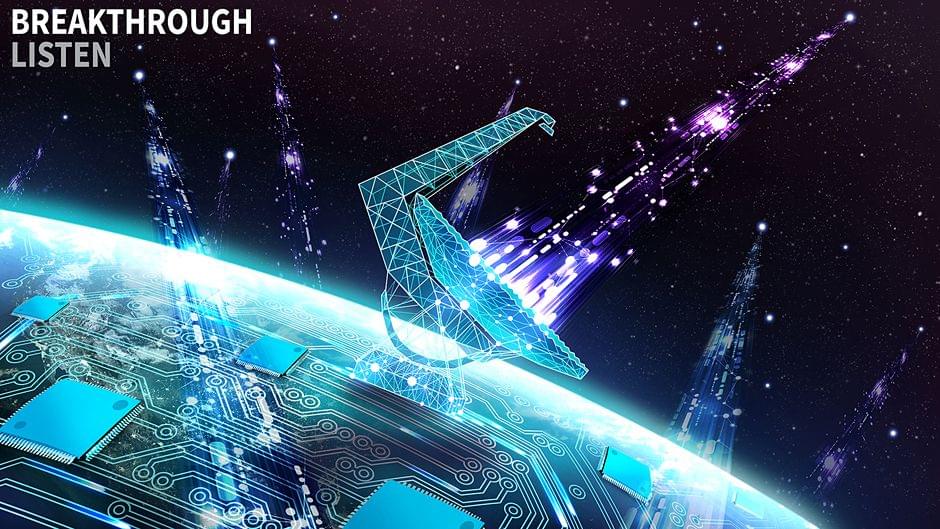

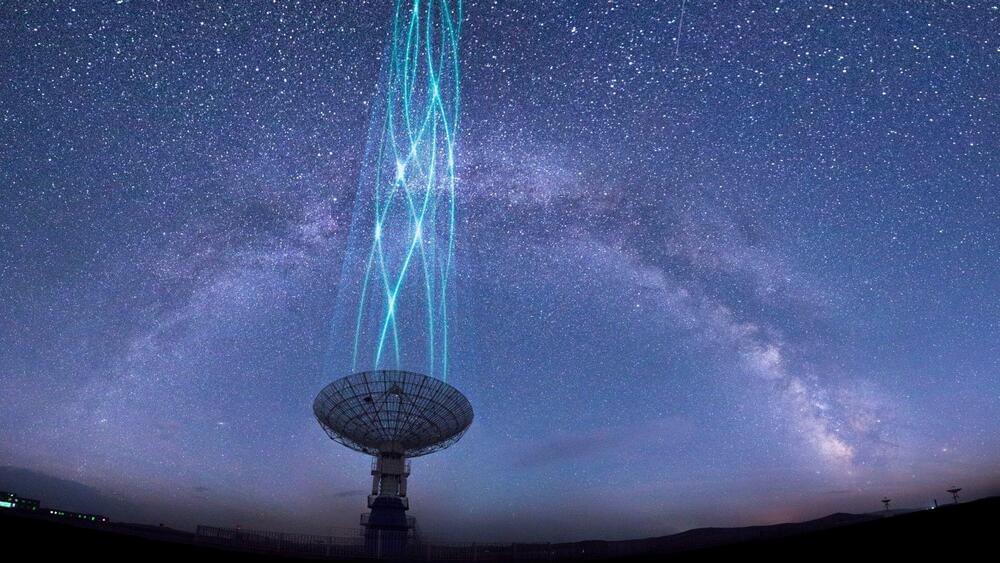
Is this the breakthrough the world has been waiting for from the Search for Extraterrestrial Intelligence Institute?
A scientist, Peter Ma, has applied machine learning and artificial intelligence to data collected by the Search for Extraterrestrial Intelligence (SETI) Institute, a press statement reveals.
Algorithm finds 8 promising signals that could be of alien origin.
Honglouwawa/iStock.
Based on initial results, there is a slight chance the new method may have unearthed non-Earth-based “technosignatures”. That would mean it had achieved SETI’s goal of finding signs of extraterrestrial intelligence.
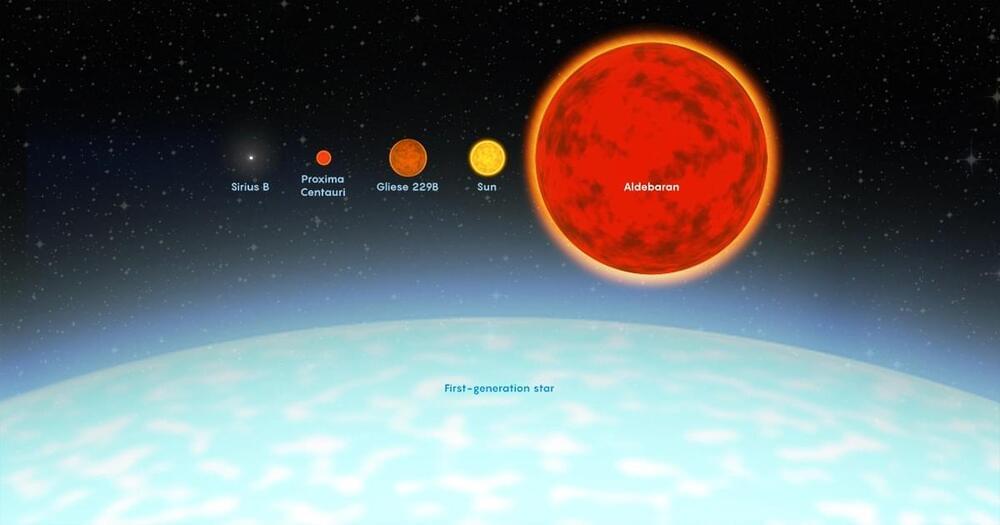
A group of astronomers poring over data from the James Webb Space Telescope (JWST) has glimpsed light from ionized helium in a distant galaxy, which could indicate the presence of the universe’s very first generation of stars.
These long-sought, inaptly named “Population III” stars would have been ginormous balls of hydrogen and helium sculpted from the universe’s primordial gas. Theorists started imagining these first fireballs in the 1970s, hypothesizing that, after short lifetimes, they exploded as supernovas, forging heavier elements and spewing them into the cosmos. That star stuff later gave rise to Population II stars more abundant in heavy elements, then even richer Population I stars like our sun, as well as planets, asteroids, comets and eventually life itself.
An exploration of 10 Reasons Aliens Might Not Contact Earth and what that might mean for SETI and science in general, and also the Fermi Paradox.
My Patreon Page:
https://www.patreon.com/johnmichaelgodier.
My Event Horizon Channel:
https://www.youtube.com/eventhorizonshow.
Music:
Thank you to Brilliant for Supporting PBS. To learn more go to https://brilliant.org/SpaceTime/
PBS Member Stations rely on viewers like you. To support your local station, go to: http://to.pbs.org/DonateSPACE
Sign Up on Patreon to get access to the Space Time Discord!
https://www.patreon.com/pbsspacetime.
Life as we know it is carbon-based, but does it have to be this way? There’s another element on the periodic table that shares some of the key properties of carbon but is far more abundant on most planets. I’m talking about silicon. So is there silicon-based life out there?
Check out the Space Time Merch Store.
https://www.pbsspacetime.com/shop.
Sign up for the mailing list to get episode notifications and hear special announcements!
An exploration of the idea that life can actually cause the extinction of previously existing life.
My Patreon Page:
https://www.patreon.com/johnmichaelgodier.
My Event Horizon Channel:
https://www.youtube.com/eventhorizonshow.
Cylinder Eight by Chris Zabriskie is licensed under a Creative Commons Attribution 4.0 license. https://creativecommons.org/licenses/by/4.0/
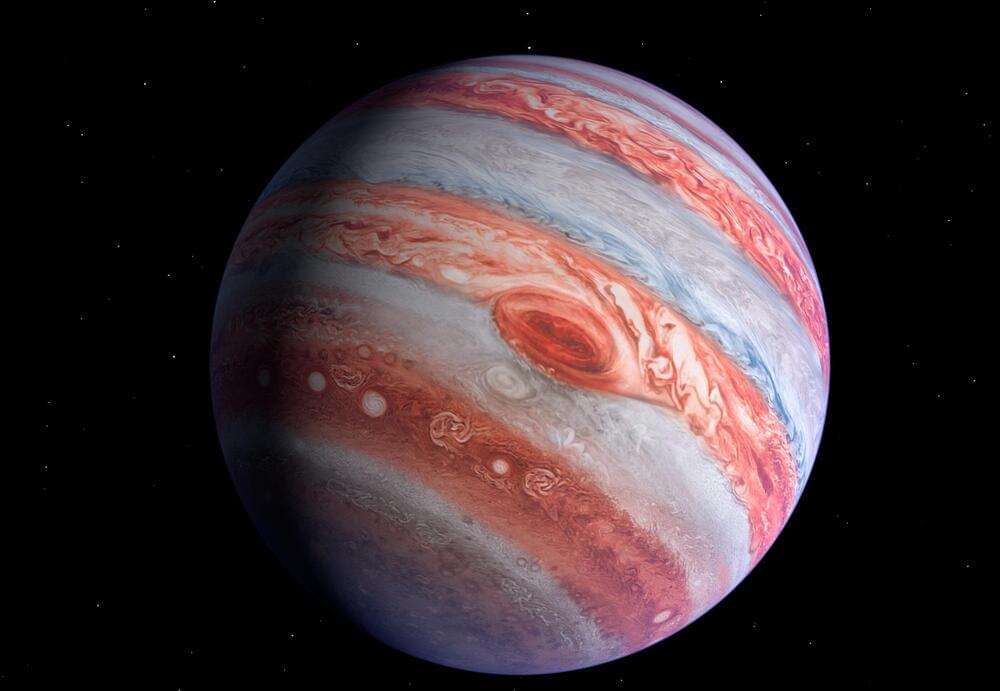
Meteorites have told Imperial researchers the likely far-flung origin of Earth’s volatile chemicals, some of which form the building blocks of life.
They found that around half the Earth’s inventory of the volatile element zinc came from asteroids originating in the outer solar system—the part beyond the asteroid belt that includes the planets Jupiter, Saturn, and Uranus. This material is also expected to have supplied other important volatiles such as water.
Volatiles are elements or compounds that change from solid or liquid state into vapor at relatively low temperatures. They include the six most common elements found in living organisms, as well as water. As such, the addition of this material will have been important for the emergence of life on Earth.
The Kardashev scale measures a society’s technical development based on its capacity to capture energy. In 1964, the Russian astronomer Nikolai Kardashev proposed this system of measurement. The imagined scale of energy consumption is universal and includes the entire universe. Other proposals have been put forward for updating the scale since 1964, including additional power levels and criteria beyond just power itself. In a study presented at the Byurakan conference, a science gathering whose aim was discussing the Soviet Union’s space listening program for radio astronomy, Kardashev initially proposed the concept of his scale. Subscribing to our YouTube channel will provide you access to exclusive content regarding extraterrestrial civilization. Your participation in the form of shares, likes, and comments is greatly appreciated. Please don’t be shy about chiming in with your thoughts and inquiries; we welcome them all.
Subscribe for more! ► https://bit.ly/2Q64mGd.
Credit: NASA, ESA, ESO, SpaceX, Wikipedia, Shutterstock,… #TheSimplySpaceEN …
#TheSimplySpaceEN
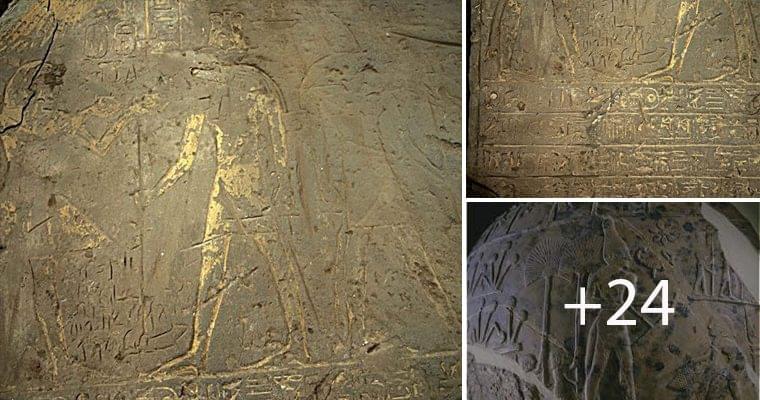
Part of one of the inscriptions found at Kom Ombo, a temple in southern Egypt. The image at the top of the inscription appears to show the king Seti I with the gods Horus and Sobek. Part of one of the inscriptions found at Kom Ombo, a temple in southern Egypt. The image at the top of the inscription appears to show the king Seti I with the gods Horus and Sobek. (Image credit: Egyptian Antiquities Ministry)A giant stone engraving that fits together like a jigsaw puzzle, found in a temple in southern Egypt, may reveal new information about a pharaoh named Seti I, who launched a series of military campaigns in North Africa and the Middle East after he became pharaoh in about 1,289 or 1,288 B.C., several Egyptologists told Live Science.
The engraving has both drawings and hieroglyphs on it; the engraving mentions an event that happened during the reign of Horemheb, an elite general in King Tut’s army who eventually became a pharaoh.
Archaeologists with the Egyptian Ministry of Antiquities discovered the engraving while conducting a groundwater-lowering project in Aswan; inside Kom Ombo, a temple dedicated to the god Horus and a crocodile-headed god named Sobek. The temple dates back 2,300 years; the engraving may have originally been in an earlier temple, now lost, at Kom Ombo that was located on the same spot as the later temple. [The 25 Most Mysterious Archaeological Finds on Earth].
An overview of the possibilities of life on Mars and recent science that suggests that it may have gone extinct by its own doing.
An exploration of time scales and time passage and its relation to the Fermi Paradox as a straightforwards solution.
My Patreon Page:
https://www.patreon.com/johnmichaelgodier.
My Event Horizon Channel: